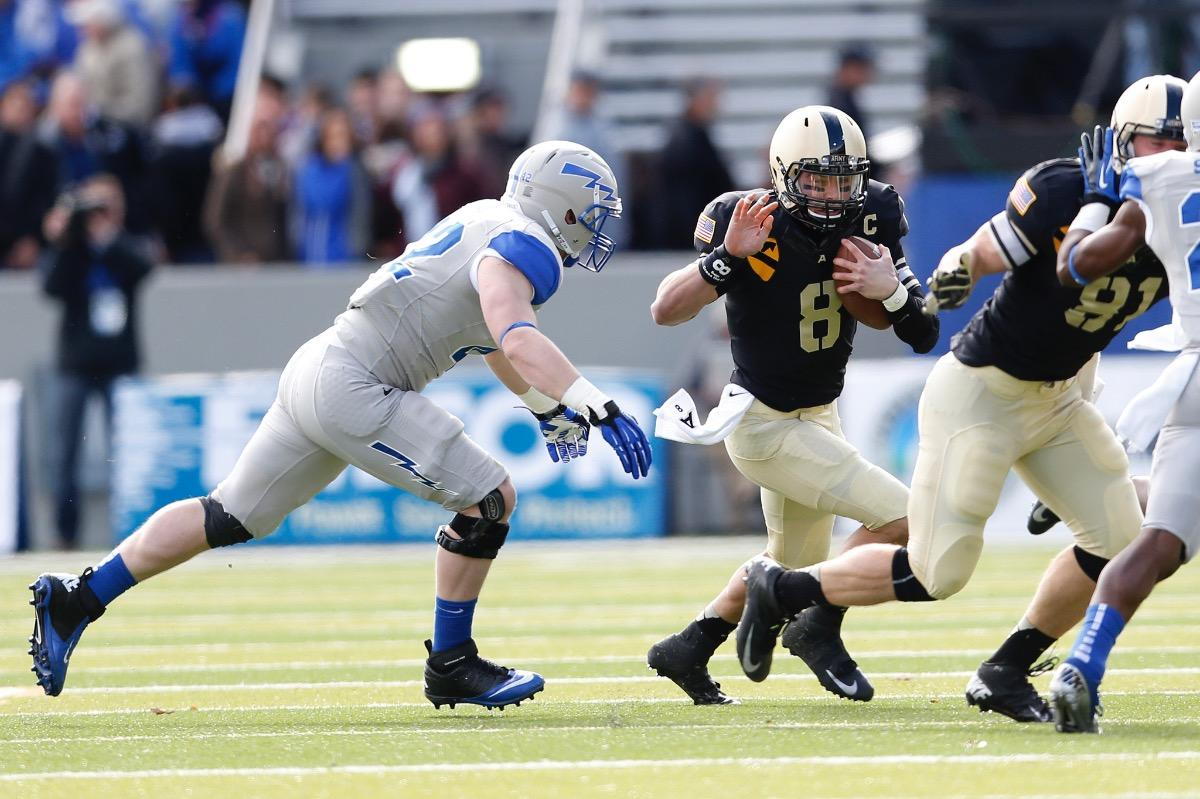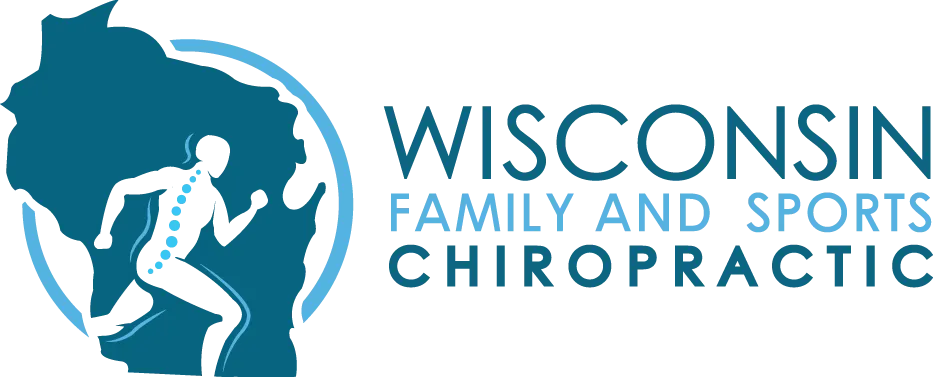
- posted: Feb. 27, 2017
Concussions are a surprisingly common occurrence in sports
and are not limited to only professional football players. They can occur at
any age and can occur in nearly every sport. High school athletes in particular
have been shown to not only take longer to recover after a concussion, but they
may also experience greater severity of symptoms and more neurological
disturbances(1). In order to better manage a situation where someone may have a
concussion, we will help you understand what a concussion is and what you need
to in order to be better prepared in the future!
What is a Concussion?
A concussion is a type of injury to the brain that can be caused directly by a blow to the head, or indirectly by a blow to the body that causes the head and brain to move back and forth rapidly (2). This rapid movement causes the brain to bounce around inside the skull, causing inflammation and neural damage to the brain. It is this inflammation and damage that leads to the physical, emotional and cognitive symptoms described below.
Signs and Symptoms
Signs and symptoms will generally show up soon after the injury, but this is not always the case because some symptoms may not show up for hours or even days. You should continue to check for symptoms for a few days after the injury, and if symptoms get worse, they should be taken to the emergency room. Here are some of the most common symptoms associated with concussion:
- Headache or “pressure” in the head
- Memory loss
- Nausea or vomiting
- Balance problems, dizziness or double/blurry vision
- Sensitivity to light or noise
- Moving clumsily
- Loss of consciousness (even briefly)
- Mood, behavior or personality changes
Danger Signs
In cases of severe injury to the head, there may be a dangerous collection of blood that may form within the skull. This is an emergency situation and you need to call 911, or go to the emergency room, if the athlete develops these symptoms (8):
- One pupil larger than the other
- Drowsiness or inability to wake up
- A headache that gets worse and does not go away
- Slurred speech, weakness, numbness, or decreased coordination
- Repeated vomiting or nausea, convulsions or seizures
- Unusual behavior, increased confusion, restlessness, or agitation
- Loss of consciousness (even if brief)
- Infants: Will not stop crying, will not nurse or eat
What You Should Do
A concussion is an injury to the brain, and the most important thing you can do is rest and give the brain time to heal. Keeping a regular sleep schedule is important and the athlete should be persuaded to avoid late nights. Eating a normal balanced diet and proper intake of fluids is just as important as getting rest. In addition to sleeping and eating properly, activities involving a lot of concentration (such as studying, working on the computer, playing video games or reading) should be avoided for a few days. It is highly recommended to limit computer, phone, and television screen time. Lastly, make sure the athlete avoids activities that could result in another blow to the head (such as riding a bicycle or riding a roller coaster)(9). Athletes are not permitted to return to activity until that have been through a full return to play progression. This also included physical education courses, so it is important to reach out to your child's school and notify them when they do sustain a concussion.
Who’s at Risk?
Although anyone who plays any sport will be at risk, those athletes who engage in contact sports are at the most risk. Based on the most recent research, the highest rate of concussion occurs in ice hockey, football, soccer and lacrosse (3). In addition, female athletes have a slightly higher rate of concussion per sport than males (4). Regardless of risk, the most important thing you can do is obtain a pre-injury baseline tests that include cognitive testing and neuropsychological testing (4). Concussions can occur in those who are not athletes as well, due to car accidents or simply falling.
Neurocognitive Testing
A baseline neurocognitive exam measures an athlete’s cognitive function at the beginning of the season, and generates a score that serves as a reference point if there is ever a head injury (6). The main thing to remember with these tests is that they only test cognitive function and can’t assess some of the physical symptoms such as balance and vision. Therefore it is recommended that neurocognitive testing should not be the only tool used to assess when it is appropriate to return-to-play (7). In addition to the neurocognitive testing, the athlete should be evaluated by a physician to rule out serious injury.
When is it OK to Return to Play?
Once an athlete is asymptomatic and has a normal neuropsychological test, they are able to begin the return-to-play process. This process involves gradually increasing cognitive and physical challenges over a few days. The athlete should begin with light aerobic activity for 1-2 days, with no symptoms they may advance to heavy aerobic non-contact activity for another 1-2 days. Finally, if they remain asymptomatic, they may introduce full-contact activity and competition (5). According to the WIAA and state legislature, all return to play progression protocols can take no fewer than 5 days. So if the athlete is a high school athlete they are required to follow protocol set by the state. The most important thing is to monitor for any symptoms, and to immediately decrease activity if the symptoms return.
Consequences of Multiple Concussions
Once you sustain a one concussion, you are 12 times more likely to sustain a second. Multiple concussions can lead to many health issues as the athlete gets older. “ Not only can multiple traumatic incidents contribute to the development of mild cognitive impairments (MCI's), chronic traumatic encephalopathy (CTE), and other adverse outcomes, but a storied concussion history can also cause post-concussion syndrome (PCS). While we are still elucidating the causes of these long-term effects, it is imperative that a person fully recover from one concussion before risking a subsequent one. Failing to do so adequately can lead to additional neurologic damage (1). “ As you can see, it is important to let the brain heal itself fully before engaging in high-risk activities.
Concussions are a serious injury and should be treated as such. If you, or someone you know, may have a concussion it is important to get evaluated by a physician or to go to the emergency room. If you have any questions about any of the information here, feel free to contact us at www.wifamilysportschiro.com. Also, if you would like us to go over any particular topics in the future, let us know!
1. http://www.concussiontreatment.com/concussionfacts.html#sfaq1
2. http://www.cdc.gov/headsup/basics/concussion_whatis.html
3. Hootman J, *** R, and Agel J. Epidemiology of collegiate injuries for 15 sports: Summary and recommendations for injury prevention initiatives. J Athlete Train 42: 311-319, 2007
5. http://www.cdc.gov/headsup/basics/return_to_sports.html
6. http://www.apa.org/helpcenter/concussions.aspx
7. Cantu R, Hyman M. Concussions and Our Kids (Houghton Mifflin Harcourt 2012).
8. http://www.cdc.gov/headsup/basics/concussion_danger_signs.html
9. http://www.cdc.gov/headsup/basics/concussion_recovery.html
Office Hours
By Appointment Only
8:00 am - 7:00 pm
Closed
8:00 am - 7:00 pm
8:00 am - 7:00 pm
8:00 am - 7:00 pm
9:00 am - 12:00 pm
Closed
